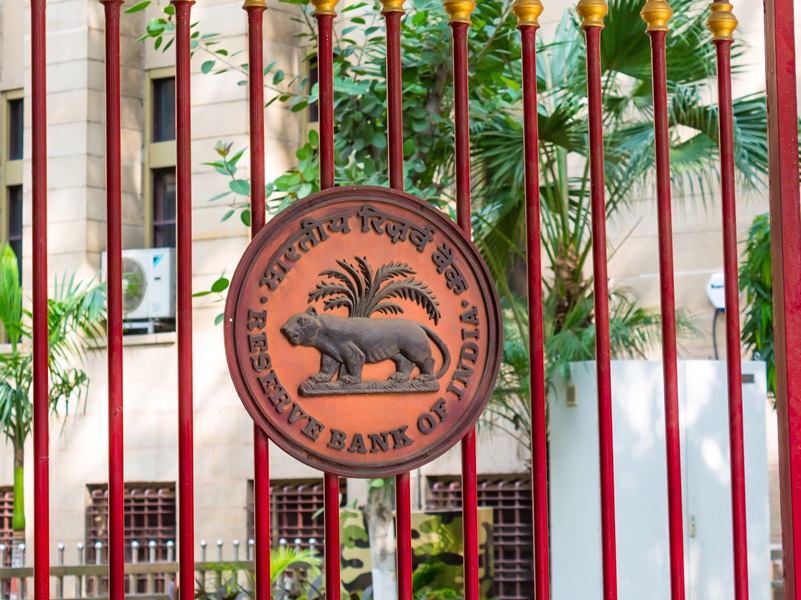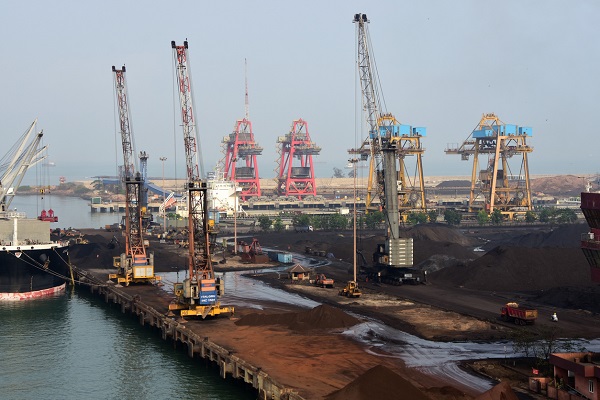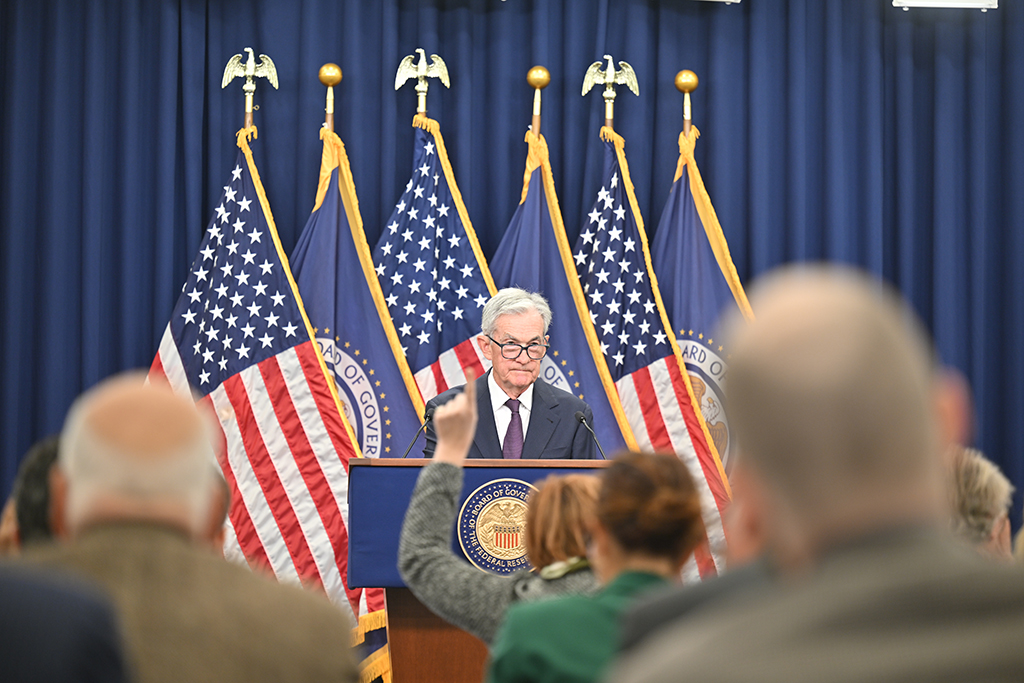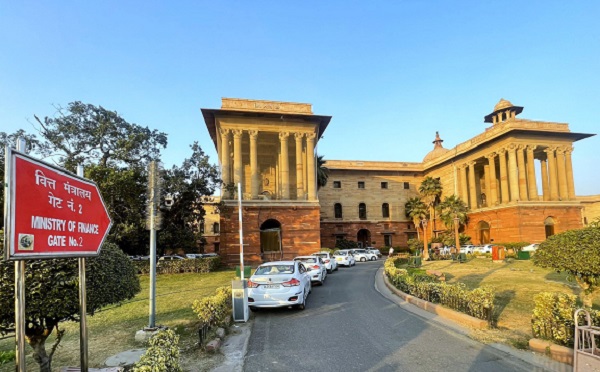.png)

Srinivasa Rao, ex-Economic Advisor at Finance Ministry, spent 28 years in IES, and now heads strategy at Bajaj Finserv.
February 24, 2025 at 2:53 PM IST
Central banks worldwide face an unenviable task: setting real interest rates that neither suffocate growth nor let inflation run amok. For India, this balancing act is crucial. With aspirations to become a “Viksit Bharat” by 2047, the country needs sustained growth of 8-10%. While low rates can induce economic growth in the short term, they also stoke inflation and asset bubbles. Conversely, high rates may slow growth but stabilise an economy during times of high inflation. The key is finding an optimal balance that supports high and sustainable growth.
With average inflation at 4.5% and the policy rate at 6.25%, the real rate is 1.75%, which some economists view as steep and a drag on economic growth. Thus, the clamour for a 75-bps cut isn’t mere speculation—it’s rooted in the urgent need to align policy with the economy’s shifting potential. But this depends on controlling inflation steadfastly in the 4%+/-2% range while managing the rupee volatility. This assumes that a 1% real interest rate is optimal for unlocking our economy’s growth potential. However, the relationship between real interest rates and economic growth can vary depending on several economic factors. Even if the RBI acts, the bigger question remains: Will rate cuts alone push India into the 8-10% growth trajectory, or are we ignoring deeper structural fractures?
The Delicate Equation
RBI Governor Sanjay Malhotra’s remarks from the Monetary Policy Committee’s minutes underscore this predicament. While acknowledging that “a lower policy rate is more appropriate” amid easing food inflation and strong harvests, the RBI’s reluctance to pivot hints at a caution that may not fully serve India’s growth ambitions. Yes, inflation targeting is sacrosanct. But when the central bank’s own research estimates India’s natural rate of interest (r-star) at 1.4%-1.9%, persisting with a 1.75% real rate nearly borders on restraint. This isn’t just about inflation versus growth—it’s about recognising that India’s economic potential has evolved post-pandemic and as the fastest growing economy in the world, needs to push the momentum further.
Beyond monetary policy, India’s economic constraints extend to structural deficiencies. For instance, infrastructure deficit—evident in congested ports and airports, potholed highways, inadequate and erratic power supplies—directly inflates business costs and stifles productivity. These aren’t mere inconveniences—they’re a tax on competitiveness. In fact, Indian logistics costs have been in the range of 14-18% of GDP, double the global benchmark of 8%. Even with cheaper credit, can businesses thrive in such an environment?
Then there’s India’s demographic paradox: its much-hailed ‘demographic dividend’ hides an employability crisis. With only half of the country’s graduates deemed employable, and only 4% of the young workforce aged 15-29 formally skilled, the mismatch between education and skilling needs of the industry is staggering.
The RBI’s caution might be defensible if paired with bold structural reforms both at the Centre and State level. Yet progress remains patchy as evident with Labour codes, passed in 2020, still awaiting states ratification. While digital infrastructure thrives, physical infrastructure—the backbone of manufacturing—languishes.
This isn’t a call for reckless rate cuts. The 2008 crisis taught us the perils of ultra-loose money. Most central banks, including the Federal Reserve, cut interest rates to near zero to stimulate economic recovery. Borrowing became cheap, encouraging businesses to invest in expansion and consumers to spend. This led to a gradual recovery in the economy, but also caused concerns about excessive debt and created asset bubbles in the long run.
Hence, India’s current situation demands nuance. With core inflation stabilising, food prices moderating, and fiscal consolidation underway, the RBI has room to act. A 25-50 basis-point further reduction could lower corporate borrowing costs without reigniting inflationary pressures—provided it is accompanied by reforms by government to address supply-side constraints. Deputy Governor M Rajeshwar Rao’s emphasis on “alertness and nimbleness” should apply equally to structural policymaking.
The stakes are existential. The government is eyeing a $30 trillon-$35 trillion economy by 2047. Even with sustained growth at 7%, that seems like a lofty target—leaving no room for complacency. The RBI must shed its risk-aversion, align rates with the elevated r-star, and signal confidence in India’s resilience. Simultaneously, the Centre must deliver on long-promised reforms: streamlining land acquisition, revamping skilling missions, and unleashing state-level competitiveness.
India’s “Viksit Bharat” vision hinges on this dual mandate: monetary pragmatism paired with structural economic reforms. The question is not just whether the real interest rate should be 1% or 1.75%. Right now, we need an ecosystem where investment, innovation, and productivity thrive, regardless of rate fluctuations.




